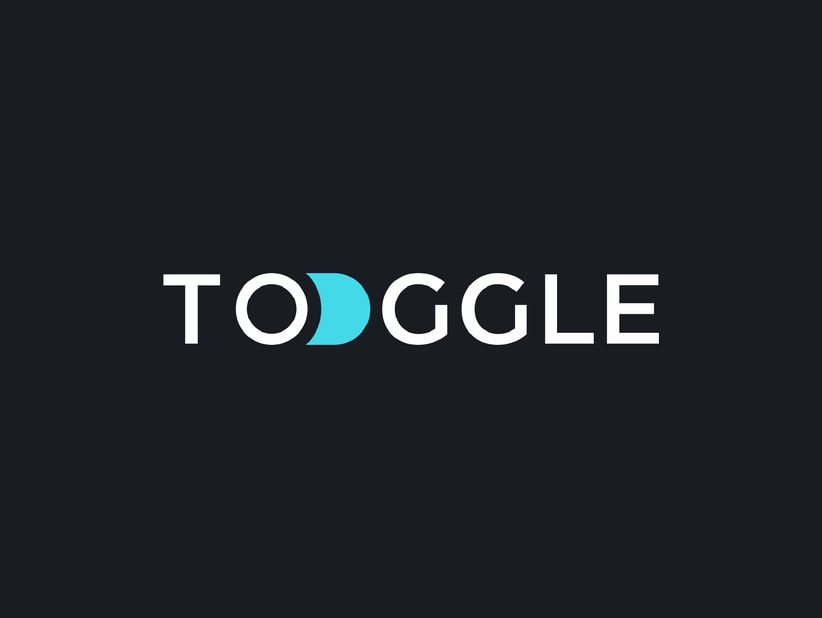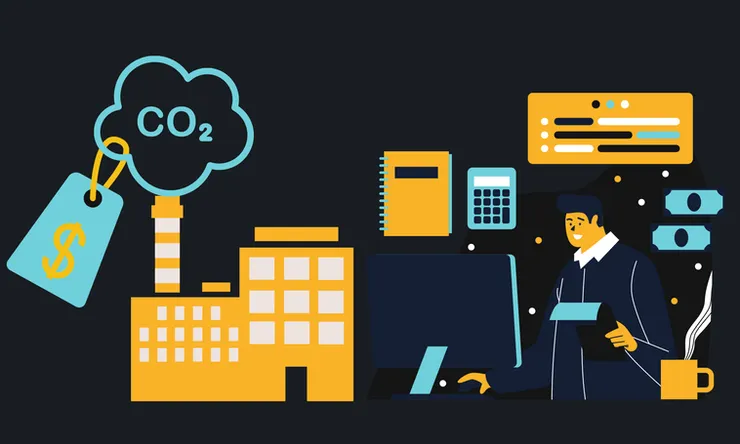
Dec 12
preview

In the world of carbon credits, one man's trash is another man’s treasure, as factories and power plants spew harmful pollution investors are scrambling hand over fist to help them offset these emissions. Amongst the exuberance, carbon-only investment funds are cropping up, allowing all investors to get involved.
What are they?
Carbon credits were born in 2005 with the European Union’s implementation of the Emission Trading Scheme (ETS), a ‘cap and trade’ system. The initiative sets emissions caps for power utilities, manufacturing plants, and airlines. This cap falls each year to encourage pollution reduction and forces emitters to buy carbon allowances if they want to exceed the cap. If an installation emits less than its allowance, they may save these credits for the future or sell them to others who need to exceed their cap.
Governments around the world have been implementing similar carbon-trading systems to transfer money from polluters to companies and projects that can prove they are helping to reduce emissions. The price of allowances is driven by polluters needing carbon offsets to increase output as well as investors bidding up their prices.
Why should I care?
Carbon credits have become the second best-performing commodity-related investment; in just the past 12 months the price has risen 135%. Investors are pouring into the market, between 2017 and 2020 trading participants in European and North American markets grew by 85%. European markets dwarf their North American counterparts in size, but the rules of the former give them significantly more volatility.
The market is undergoing a ‘giant step’ as the world's leading polluter, China, began to roll out its own carbon trading program this February. To begin, polluters are individually tallying up their emissions and reporting them to the government. Initially, it will be little more than an accounting exercise, but the government has indicated that it will eventually begin tightening emissions allowances. In order to meet its goal of peak emissions by 2030, China will have to rapidly roll out the program on a large scale, and in doing so it will expand the global carbon market.
How do I get involved?
One fund that is enabling retail investors to trade in these markets is KraneShares Carbon ETF (NYSEArca: KRBN). The fund tracks the three main western cap-and-trade programs and its shares have risen over 50% in the last 6 months. It serves to diversify investors' portfolios with its low correlation to other asset classes. It also helps investors support responsible investing and align their capital with ESG goals.
What’s next?
This market is developing faster than the rules that govern it, there is much contention over which companies can use these credits and what constitutes an offset. Critics believe that the program often allows companies to forego emissions reductions. The validity of these programs often comes down to the specific projects and policies. For example, US and European countries paid loggers to conserve the Brazilian rainforest, but a 2019 investigation found that the trees were cut down after the credits were sold. While they may be a solid investment, their efficacy in reducing pollution is questionable.
A catalyst for carbon credits is governments' increasingly ambitious emissions reduction goals, with IHS Markit predicting prices would need to rise 2-4 times to meet the Paris Agreement.
Up Next

Dec 12
preview